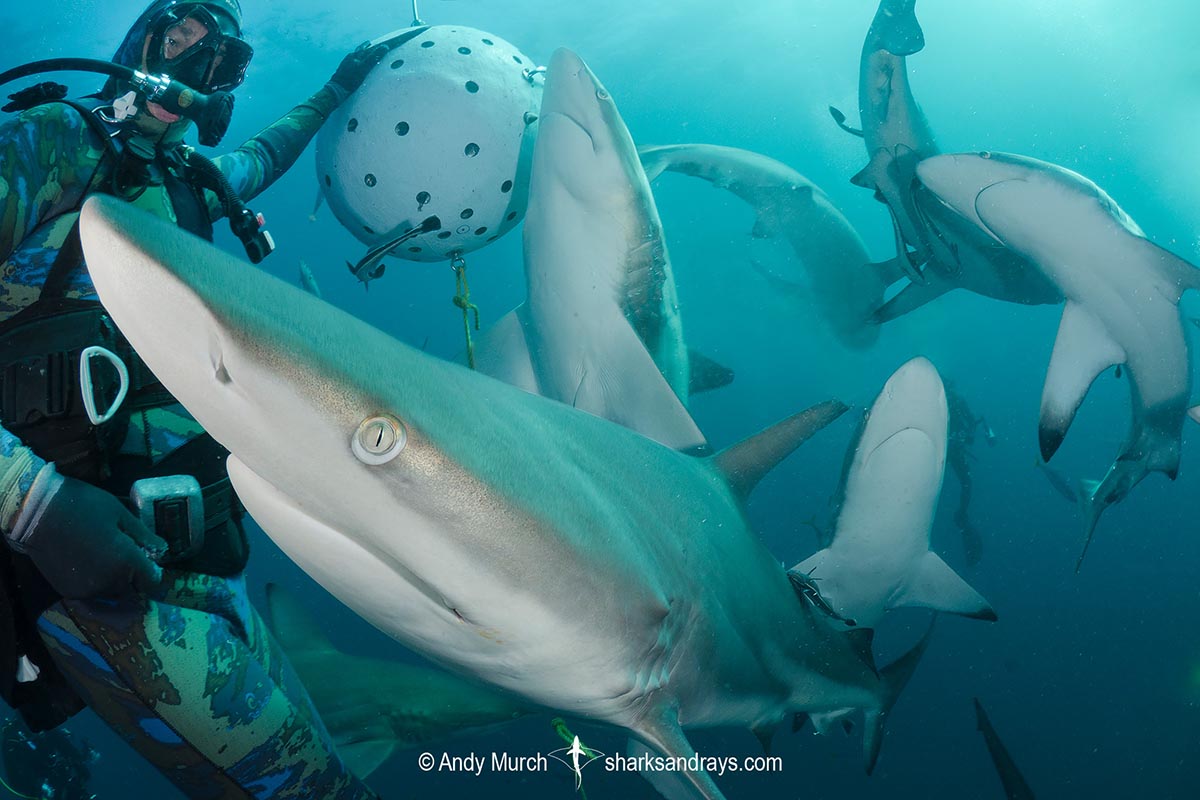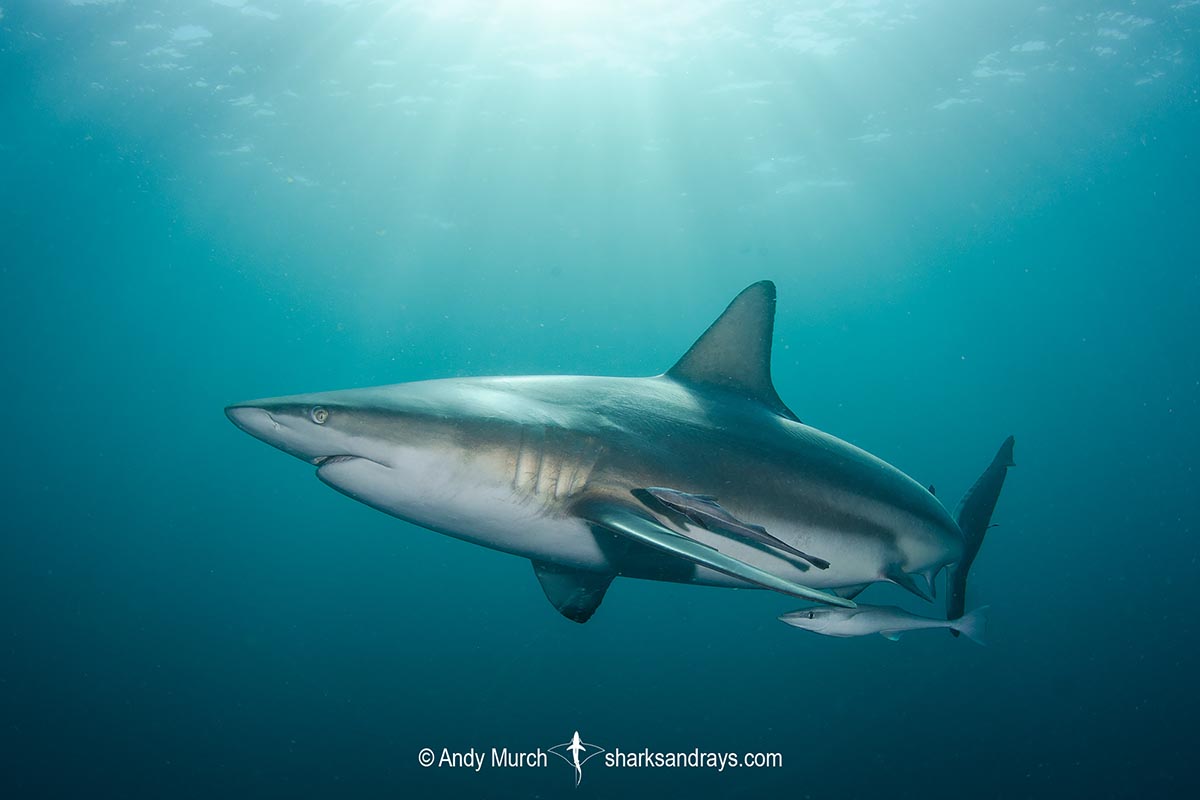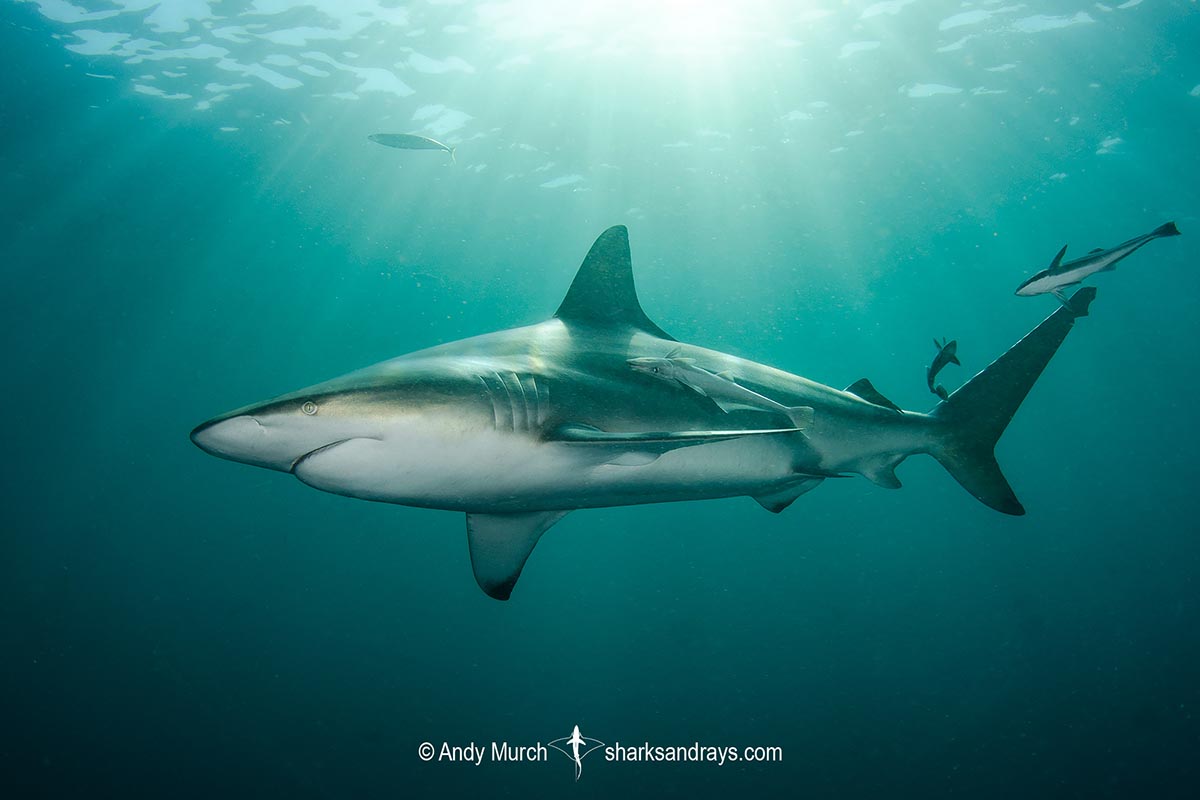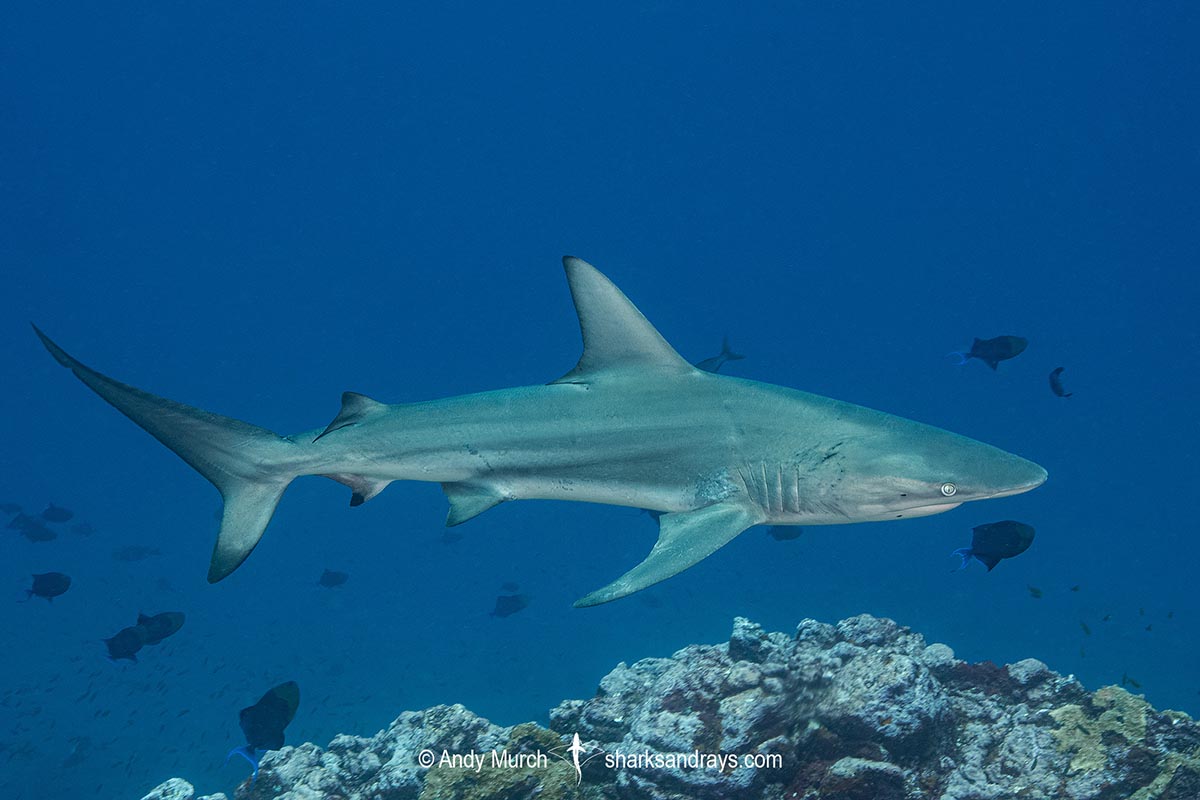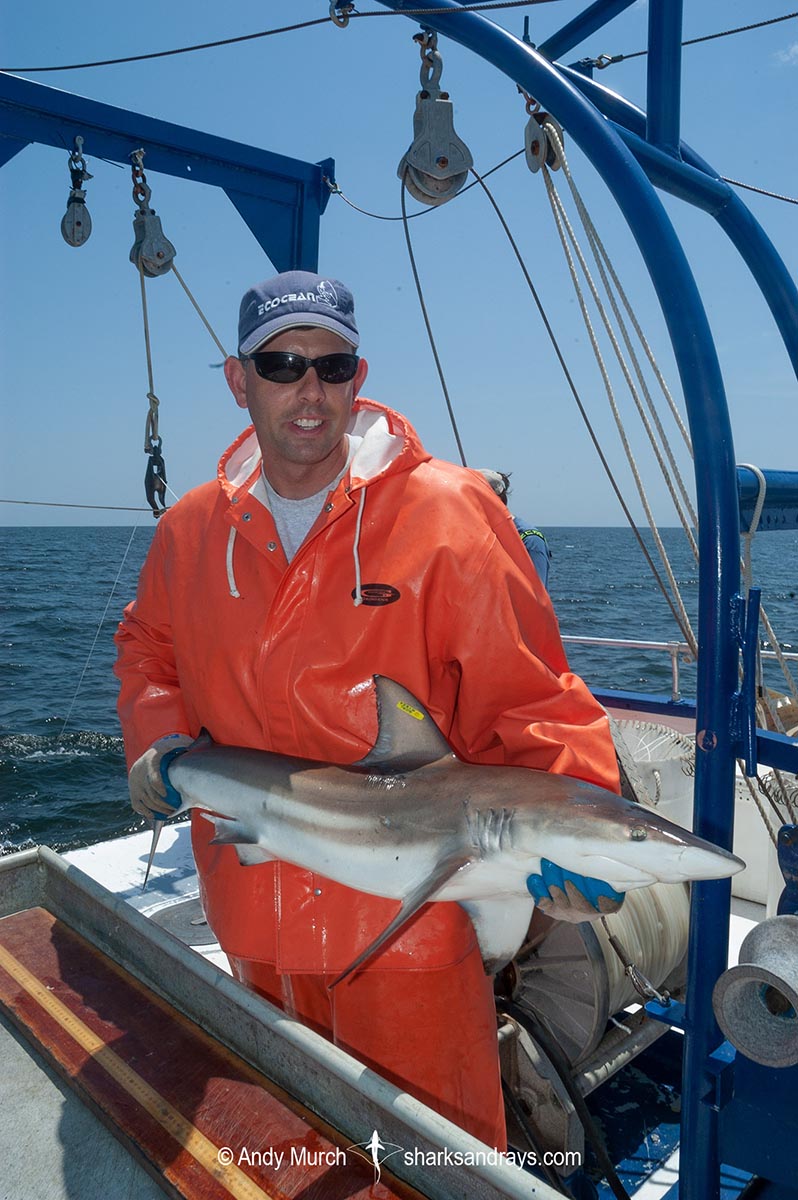Common names
Blacktip Shark, Oceanic Blacktip Shark.
Binomial
Carcharhinus limbatus.
Synonyms
Carcharhinus aethalorus, Carcharhinus natator, Carcharias abbreviatus, Carcharias aethalorus, Carcharias ehrenbergi, Carcharias limbatus, Carcharias maculipinna, Carcharias microps, Carcharias muelleri, Carcharias phorcys, Carcharias pleurotaenia, Carcharinus limbatus, Eulamia aethalorus, Eulamia pleurotaenia, Gymnorhinus abbreviatus.
Identification
Snout long and pointed. First dorsal fin high. First dorsal origin approx. midway between pectoral fin insertion and free rear tip. Second dorsal origin level with anal fin origin. No interdorsal ridge. Dorsal coloration grey to grey-brown with a well defined pale band on flank. First dorsal, second dorsal, pectoral fins, and lower caudal lobe usually have a dusky posterior margin, sometimes with a black tip. Anal fin generally pale in blacktips from the Atlantic, black-tipped in sharks from the Pacific.
For many years, researchers have suspected that there are multiple species of blacktip sharks separated by region. Analysis by Keeny and Heist in 2006 revealed that there are two geographically distinct lineages; a western Atlantic, Gulf of Mexico and Caribbean clade, and an eastern Atlantic, Indian Ocean and Pacific Ocean clade. In Jose Castro’s Sharks of North America, he reinforces this point, stating that Western Atlantic blacktips he has examined differ significantly from Pacific and Indian Ocean specimens in numerous traits such as size, markings, age at maturity, and litter size.
Size
Maximum length 255cm. Size at birth 38-72cm.

Conservation Status
VULNERABLE
The blacktip shark (Carcharhinus limbatus) is a targeted and bycatch species in artisanal, industrial, and recreational fisheries. Where permitted, it is retained for the high value of its meat and fins.
Although the Blacktip Shark is estimated to be sustainably fished in areas where management measures are in place, overall, the species is thought to have declined by 30-49% over the last three generations.

Habitat
Blacktip sharks inhabit shallow coastal waters and offshore waters but they remain near the surface over deep water. They will enter brackish estuaries but do not venture into fresh water.
Distribution
The blacktip shark has an extremely cosmopolitan distribution in tropical and sub-tropical nearshore environments.
Reproduction
A viviparous species with yolk-sac placenta. 1-10 pups per litter. Gestation (in the Atlantic clade) is approximately 11 months. Mating occurs biannually.
Diet
In the western Atlantic, blacktips feed mostly on menhaden and other small schooling fishes. They are known to follow shrimp trawlers and feed on discarded bycatch. They will also consume cephalopods and. crustaceans.
Behavior
A migratory species. In the western Atlantic, blacktips migrate north to give birth in nursery grounds in the Carolinas during the warmer months, returning before water temperatures drop below 21ºC in the fall.
Blacktips are known to segregate by sex, with females entering shallower water than males. During their migrations, they form enormous loose schools. Aerial footage of these events have been used by numerous Florida news services to sensationalize the threat of sharks in Florida waters.
Blacktips are famous for their aerial displays during which they leap into the air. They do this inadvertently while pursuing fast moving bait fish.
Reaction to divers
Usually quite shy and difficult to approach unless a natural feeding event is in progress such as the Sardine Run. Bold in baited situations but not especially aggressive towards divers.
Diving logistics
Blacktip sharks are found in virtually every corner of the tropics and are sighted quite regularly by divers at numerous locations.
Probably the best place in the world to encounter them at close quarters is during one of the baited dives at Aliwal Shoal. Officially, these are pitched as ‘tiger shark encounters’ but the tigers can be a bit elusive. When I was there, we did see a tiger or two but they were quite shy and did not approach the bait. After many trips to Tiger Beach, I found the blacktip encounters much more rewarding than the occasional glimpse of a tiger. The blacktips at Aliwal are extremely comfortable around divers, making endless close passes that lead to amazing photographic opportunities.
Also in South Africa, blacktip sharks are often seen on the Sardine Run but usually in smaller numbers than spinner sharks, bronze whalers and duskies.
In French Polynesia, I have seen blacktips in the passes of the Tuamotu Archipelago mixed in with hundreds of grey reef sharks but they always stayed at distance.
I have also seen them around Nuka Hiva in the Marquesas Archipelago. On the reefs there, they were easier to approach. On the south side of Nuku Hiva in Taioha’e Bay, blacktip sharks come right up to the dock to scavenge on fish scraps thrown discarded by fishermen. One morning I decided to slip while the fishermen were cleaning their catch. The visibility was extremely poor and I was immediately and repeatedly bumped by sharks until I exited the water.
Similar species
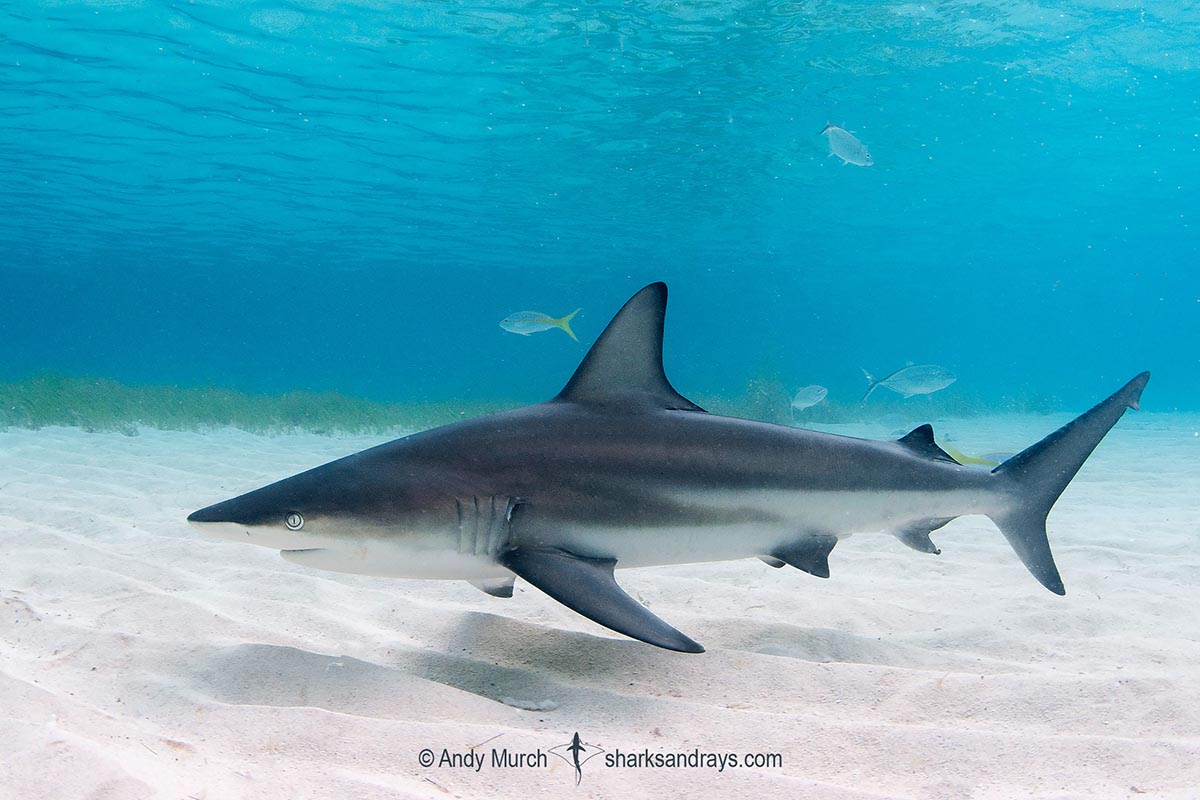
The Blacktip Shark Complex As mentioned in the species description, blacktip sharks likely represent a complex of multiple closely-related species that have yet to be separated.
Australian Blacktip Shark An extremely similar species that was until recently considered synonymous with the blacktip shark. Identification in the field is impossible, although this species is somewhat smaller and with less vertebrae, so mature animals may appear smaller than normal.


